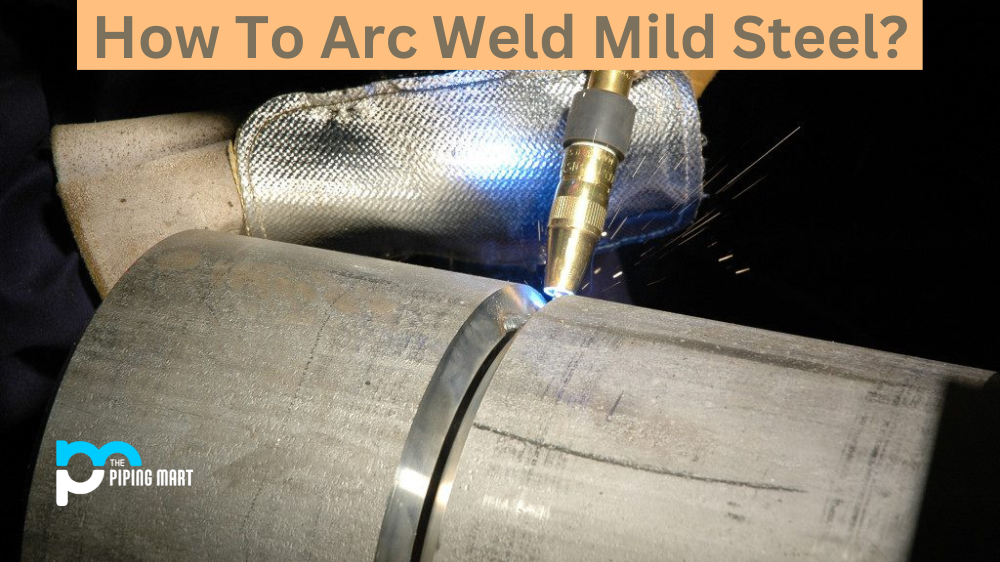Aluminium is an excellent material for various applications due to its strength, durability, and lightweight nature. Two popular options for aluminium alloys are 6082 and 6026. Both alloys have similar properties, but they do have a few differences. This post will compare aluminium 6082 and 6026 to help you determine which option is better for your specific needs.
Aluminium 6082 and 6026 have a lot in common. They are both heat-treatable alloys and contain similar amounts of magnesium and silicon. However, 6082 includes more magnesium and silicon, making it more durable and corrosion-resistant. Because of this, 6082 is commonly used in structural applications where high strength and corrosion resistance are required. On the other hand, 6026 is a more malleable alloy often used in extrusion applications, such as window frames and consumer goods.
Differences Between Aluminium 6082 and 6026
Composition
Aluminum 6082 is an alloy that contains 97.5% aluminium, 1.6% magnesium, 0.6% silicon, and 0.5% manganese. Aluminum 6026 is an alloy that contains 97.5% aluminium, 1.9% magnesium, 0.6% silicon, and 0.5% manganese.
Strength
Aluminum 6082 has a yield strength of 275 MPa, while aluminium 6026 has a yield strength of 290 MPa. This means that aluminium 6026 is more robust than aluminium 6082 by 15 MPa.
Corrosion Resistance
Both alloys have good corrosion resistance properties, but aluminium 6026 is more corrosion-resistant than aluminium 6082. This is due to the higher magnesium content in aluminium 6026, which provides better protection against corrosion.
Applications
Aluminium 6082 is typically used to construct bridges and other structures where strength is essential. Aluminum 6026 is generally used in aircraft construction where weight is a more critical consideration than strength.
Welding
When it comes to welding, both alloys are relatively easy to weld. However, 6082 offers slightly better welding characteristics due to its higher magnesium content. 6026 has good machinability, making it a popular choice for high-speed machining operations. Machining 6082 can be more challenging due to its high strength. It is only sometimes recommended for high-speed machining operations.
Anodizing
Another difference between the two alloys is their response to anodizing. Anodizing is a process that increases the thickness of the oxide layer on the surface of the aluminium, making it more resistant to wear, corrosion, and oxidation. 6082 responds well to anodizing, achieving a uniform finish. In contrast, 6026’s surface can be more challenging to anodize because of its highly textured surfaces. To address this issue, 6026 is often coated with an electroplated zinc layer to prepare it for anodizing.
Price
Although both alloys have unique characteristics and applications, the price difference between 6082 and 6026 is insignificant. In most cases, the cost of the material will not be the primary factor in choosing between the two alloys.
Conclusion
In conclusion, aluminium 6082 and 6026 are excellent choices for various applications. 6082 is more durable and resistant to corrosion, making it ideal for structural applications. 6026, on the other hand, is more malleable, making it suitable for extrusion applications. Choosing between the two ultimately depends on your specific application requirements. As with any material, it is essential to consult with a professional to ensure the best choice for your project.

A passionate metal industry expert and blogger. With over 5 years of experience in the field, Palak brings a wealth of knowledge and insight to her writing. Whether discussing the latest trends in the metal industry or sharing tips, she is dedicated to helping others succeed in the metal industry.




